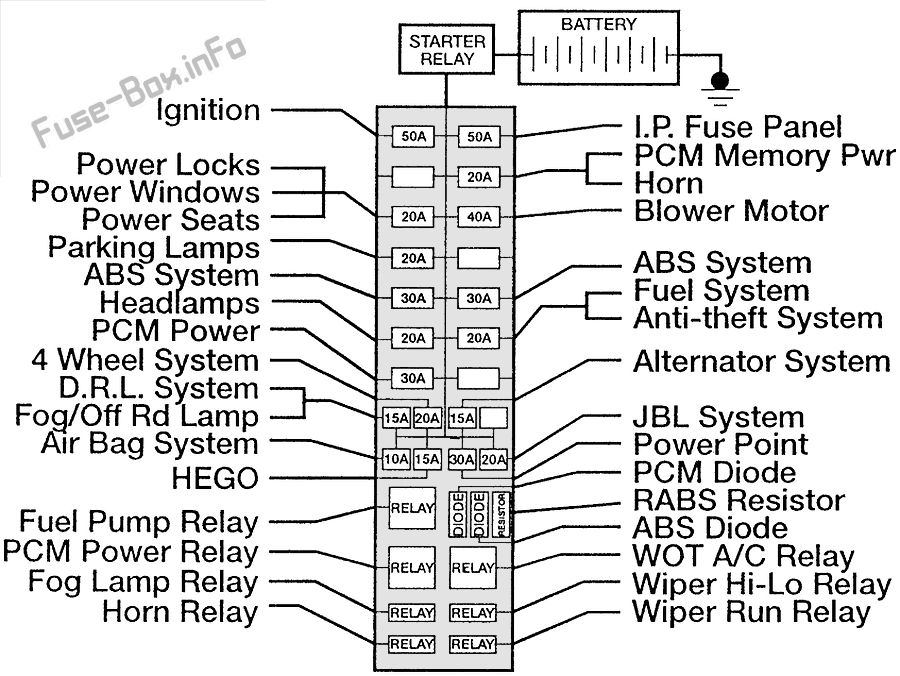Finding the 1995 Ford Ranger Fuse Box Diagram
Locating the correct fuse box diagram for a 1995 Ford Ranger requires referencing reliable sources due to the vehicle's age. Here are the top methods:
Primary Authoritative Sources:
- Owner's Manual: The most accurate diagram is always found in the original owner's manual specific to your 1995 Ranger's exact model and build.
- Repair Manuals: Factory service manuals or trusted aftermarket publications like Chilton or Haynes repair manuals contain detailed fuse panel layouts for specific model years.
Reliable Digital Platforms:

- Online Repair Databases: Subscription-based auto repair information systems (e.g., professional equivalents of Mitchell1 or ALLDATA, though avoid linking to public versions) used by mechanics offer verified diagrams based on VIN or detailed vehicle selection.
- Ford Ranger Forums: Dedicated enthusiast forums often host scanned copies of manuals or fuse diagrams shared by members. Search specifically within 1983-1997 ("2nd Gen") sections. Prioritize posts referencing the physical manual.
- Parts Retailer Listings: Major auto parts retailers sometimes include fuse diagrams in their online part description sections or vehicle-specific maintenance guides.
Critical Considerations:
- Model & Trim Specificity: Fuse locations and functions can vary significantly between the Base, XL, XLT trims, engine types (e.g., 2.3L, 3.0L, 4.0L), and cab configurations (Regular Cab, Super Cab). Verify the diagram matches your vehicle's specifics.
- Beware Generic Searches: Search terms like "1995 Ford Ranger fuse box" often yield results for newer models. Always confirm the model year prominently displayed in the image.
- Part Number Caution: While fuse boxes carry specific part numbers (e.g., F2TA-14A067-AA), listings for the box itself (like those found in Reference Content for unrelated models) rarely include the schematic diagram needed. Focus on service documentation.
- Free vs. Subscription Content: Truly authoritative sources are typically behind professional paywalls. Free resources exist but require careful vetting against the owner's manual information.
Your best path is locating the original owner's manual or consulting a professional repair database via a trusted mechanic. Enthusiast forums remain the most practical free resource, but diligently verify any information found.

